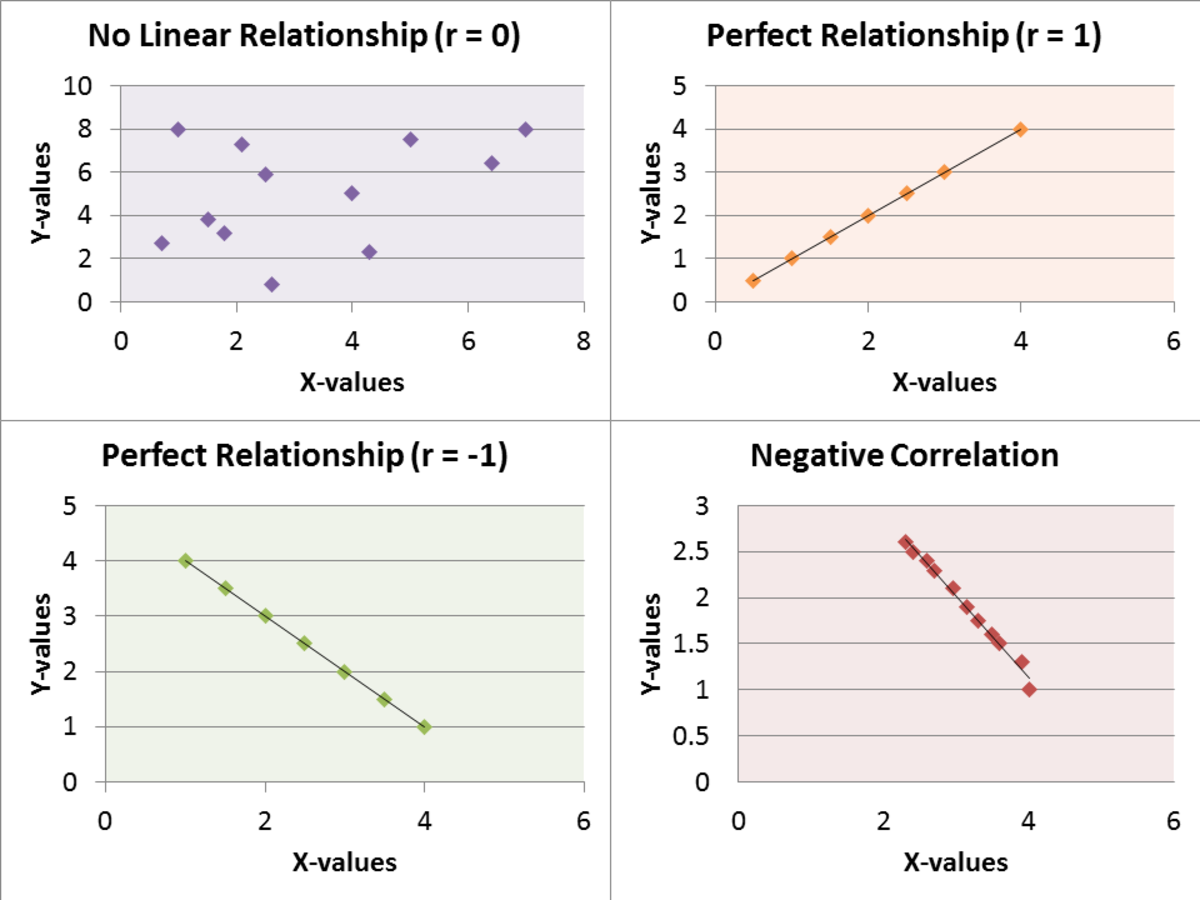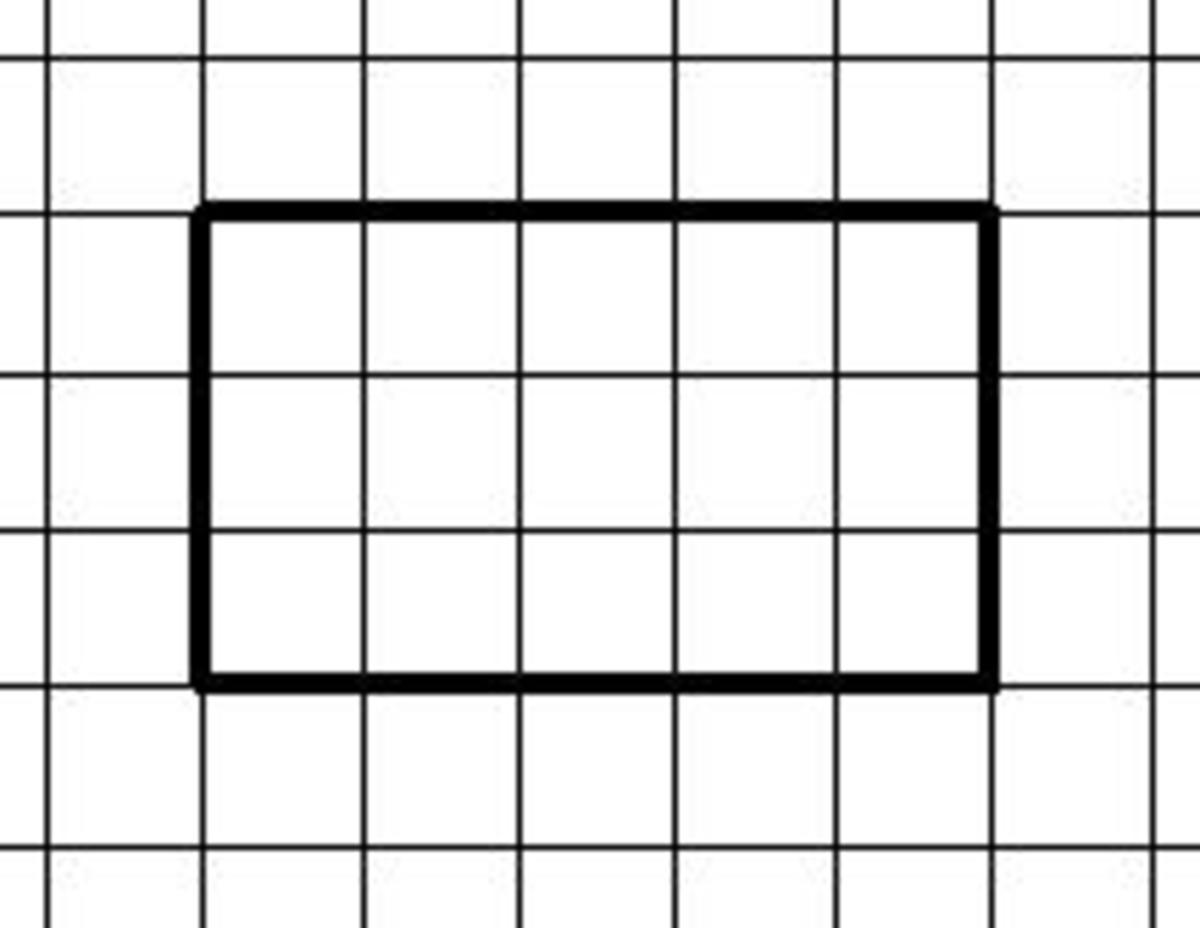The Fibonacci Sequence: Math For the Non-Math Brain
Math is Difficult for Many
I'm treading on dangerous ground, here, being a bona fide non-math person. How dare I have the audacity to try and explain anything remotely math-related?
Well, that is exactly why I'm "going there." Because my own talents are so exclusively word-and-language driven, I have always struggled with math concepts. It is a very difficult subject for me, and I do not understand much of what is presented.
However, I feel that qualifies me to take something I finally did manage to understand, and put it into terms that are easier (for me, at least) to understand. Mind you, I'm not going to attempt any explorations or explanations of advanced mathematics; my only aim is to re-phrase the basic concept of the Fibonacci Sequence for the language and word oriented people like me.
See? Movies can be Educational!
I'd never even heard the term "Fibonacci Sequence" until I watched the movie, The Da Vinci Code. Early on in the action, while Professor Robert Langdon (Tom Hanks) has been called in to assist in trying to figure out the murder of a man found dead in The Louvre, a series of numbers is discovered. After some pondering, the Professor exclaims, "It's a Fibonacci Sequence!"
"A whaaaatt???" My brain asked. I shrugged it off at the time, and continued watching the movie, but in the years since, the term has come up a few more times, so I decided to investigate.
That Confounded Fibonacci Sequence
My husband is the math person in the family; he even wrote a math text years back. Yet even he had a tough time getting this one through my thick head. We went around and around, and when I finally understood, my reaction was, "Well, of course..no wonder it's confusing..the words explaining the concept are wrong!"
Supposedly (although you could not prove it by me), this sequence of numbering lies at the heart of all math. I don't understand how, and I'm not going to try and explain it further than that. I'm merely going to tell you how to understand getting to each "next number" in the series.
First of all, the series, or sequence, is infinite. It can go on and on as long as you have paper to write; computer memory to compute; or sand and sticks to draw with. Once I 'got it,' I was able to see that it is simple enough for the average 2nd or 3rd grader to grasp. I guess I'm not smarter than a 3rd grader where math is concerned.
Later, I'll explain how it was that I got so tangled up in this basically simple concept.
Decoding the Sequence
Begin, working from left to right, begin with the numeral zero. Add a plus sign, and the numeral 1. This is your starting point: 0 + 1. Follow this with the answer, or sum: 0 + 1 = 1.
That's the very start of this sequence. The next number, still missing, is found by removing or ignoring the left-most numeral, in this case, the zero, and adding together the remaining two numbers:
1 + 1 = 2; drop off the left-most "1" and add: 1 + 2 = 3; drop off the "1" and add: 2 + 3 = 5.
Do it again: 3 + 5 = 8. Got it? Yep. Simple.
Continue: 5 + 8 = 13; 8 + 13 = 21; 13 + 21 = 34; 21 + 34 = 55; 34 + 55 = 89; 89 + 55 = 144; 144 + 55 = 199. and so on.
Proceed in this manner until your arm falls off.
My Tangle
Here's where I went wrong, or misunderstood the original explanation.
What was told to me was, "Add '0' to '1.' To find the next number in the sequence, add together the previous two."
HUH? What my language-oriented brain interpreted from that was, since I was not yet at the 'next number in the sequence,' and it had been explained that, 'no, you're not jumping ahead,' I could not figure out how you ever got out of the starting gate.
(Did I mention that I also take such explanations very literally?) Because if I was at the numeral '1'; resulting from adding the '0' and '1,' then the "previous two" still appeared to me to be that original '0' and '1.'
It was only after an hour of going back and forth that it was finally explained that "yes, you are at the next number's position, which is still an unknown, until you add the previous two in relation to the current position. Okay, but I was still confused.
Finally, it was explained that to begin the sequence, and get to the next number, you have to begin by adding the 1 to itself in order to find the next number, which will be 2. then, drop the original 1 and add the 2 plus 1 to get 3, and so forth.
"Ooooohhhh...so, you don't start with the "previous two" at the very beginning! Why didn't you say so in the first place??!!"
You re-use the original sum one time to get the sequence going. NOW I get it! To continue, you use the sum of the previous two...and add it to the current sum, and so forth. etc.
I have a word brain; hubby has a math brain. We are always working at cross purposes in these kinds of situations.
That is why I decided to write this explanation once I finally understood how it is done. Writing it out serves both to cement it in my own mind, as well as provide confusion relief for anyone else struggling as I did--and still do--math is my nemesis.
Watch the Video Below
Sunflowers are not irrelevant to this article. The video has a well-explained and nicely illustrated explanation of the Fibonacci Sequence, and how it appears all over the place in nature.
The Fibonacci Sequence in Nature
© 2012 Liz Elias





